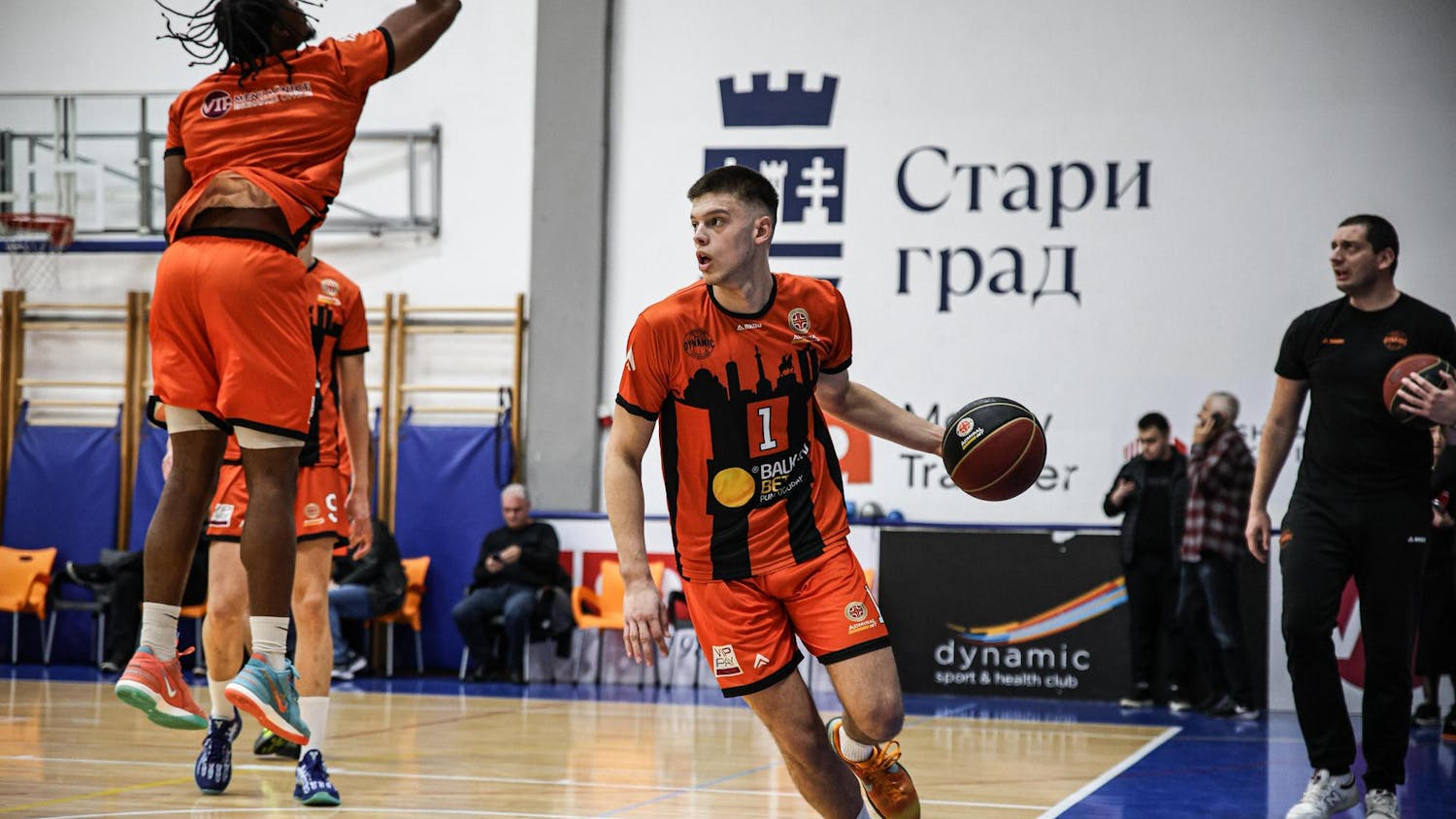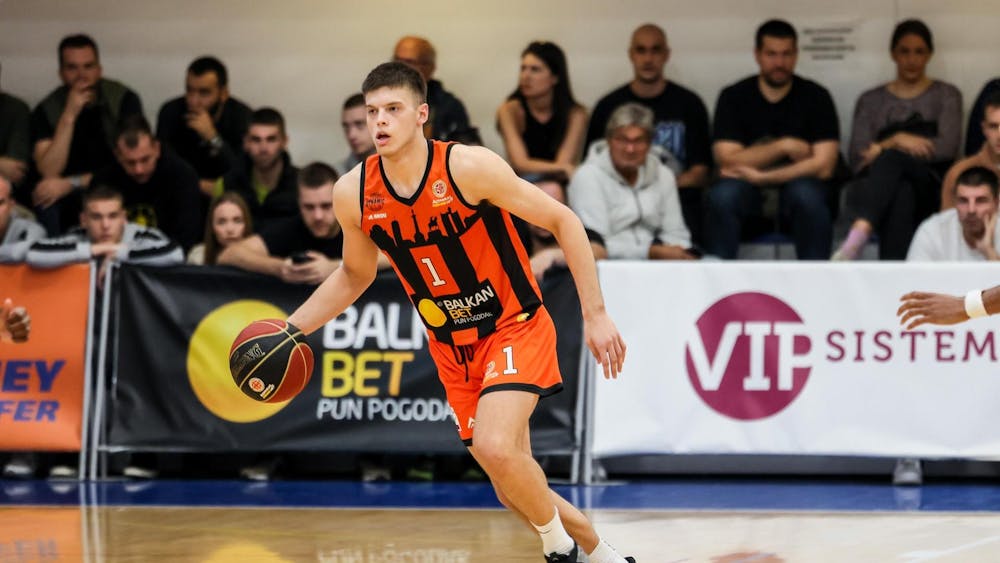The NCAA regional and national meets are the only two left for the No. 11 men's cross country team this year. Heading into these meets, the Hoosiers believe they have a distinct advantage over the other competitors, an advantage they have not had yet this year.\nAll of the races this year have been at the 8K distance, but the last two have been bumped up to 10K. Because of the type of training that the team does, they believe the increase in distance can only help them.\n"I feel it is an advantage for us over other teams, since our training is more mileage and aerobic oriented and strength oriented versus speed or anaerobic oriented," IU coach Robert Chapman said. "I think that training also gives us a psychological edge. Some teams are worried about hanging on for another 2K, while we embrace the extra distance."\nThroughout the year the team members have focused their training so they can excel in the longer distance. Other teams train differently, and may not be as well oriented to the longer style of the 10K race. The aerobic workouts the team does makes them believe they will be able to beat these teams who train for more speed.\n"We train for strength, and build aerobic strength in the fall," junior Tom Burns said. "This makes everyone on the team believe that we will do better at the 10K distance than the 8K."\nAlthough the distance of two kilometers is not physically longer, for the team the main difference between the two races will be mental.\n"There is not too much of a difference, but I think the biggest thing is just keeping your head in the race longer," sophomore Stephen Haas said. "We usually go through the 8K at the same time as normal, and then it is just about hanging on and staying focused for the last 2K."\nAnother advantage for the Hoosiers is the pace the race begins. In 8K races, the runners can start off fast and it might not hurt them as much. In the 10K, Chapman believes this slower pace at the start benefits his team and allows them to really close in on other teams at the end of the race.\n"I think the biggest difference is in the early race tempo," Chapman said. "In an 8K, a lot of times you can get away with going out a little over your head -- a little too fast, then hang on to finish. You can't fake it that way in a 10K."\nHaas believes that this slower tempo at the beginning will definitely help the team, but also help him individually as well. Haas said that with the slower pace at the start he can get in more of a rhythm while he is running.\nChapman agreed saying that Haas as well as senior Chad Andrews are two guys who will especially benefit from the longer distance.\n"I think there are some members of our team, like Chad Andrews and Stephen Haas, who benefit from the longer distance," Chapman said. "And maybe more importantly the conservative opening pace that tends to happen in 10Ks."\nAlthough the longer distance will help Andrews and Haas, Chapman is quick to point out that the strong aerobic training the team does is the key. Because of their strong training the longer distance will not hurt anybody, even runners who are "miler-oriented guys" like sophomores Eric Redman and Sean Jefferson.\nThe Hoosiers will soon get a chance to put this training into action as the two most important meets of the year are soon approaching.\nThe regionals meet is this weekend at Indiana State University in Terre Haute, with nationals the following weekend in Cedar Rapids, Iowa.\n-- Contact staff writer Alex Witteveld at pawittev@indiana.edu.
Distances put IU at advantage
Team says last 2 races will give them edge over competition
Get stories like this in your inbox
Subscribe





